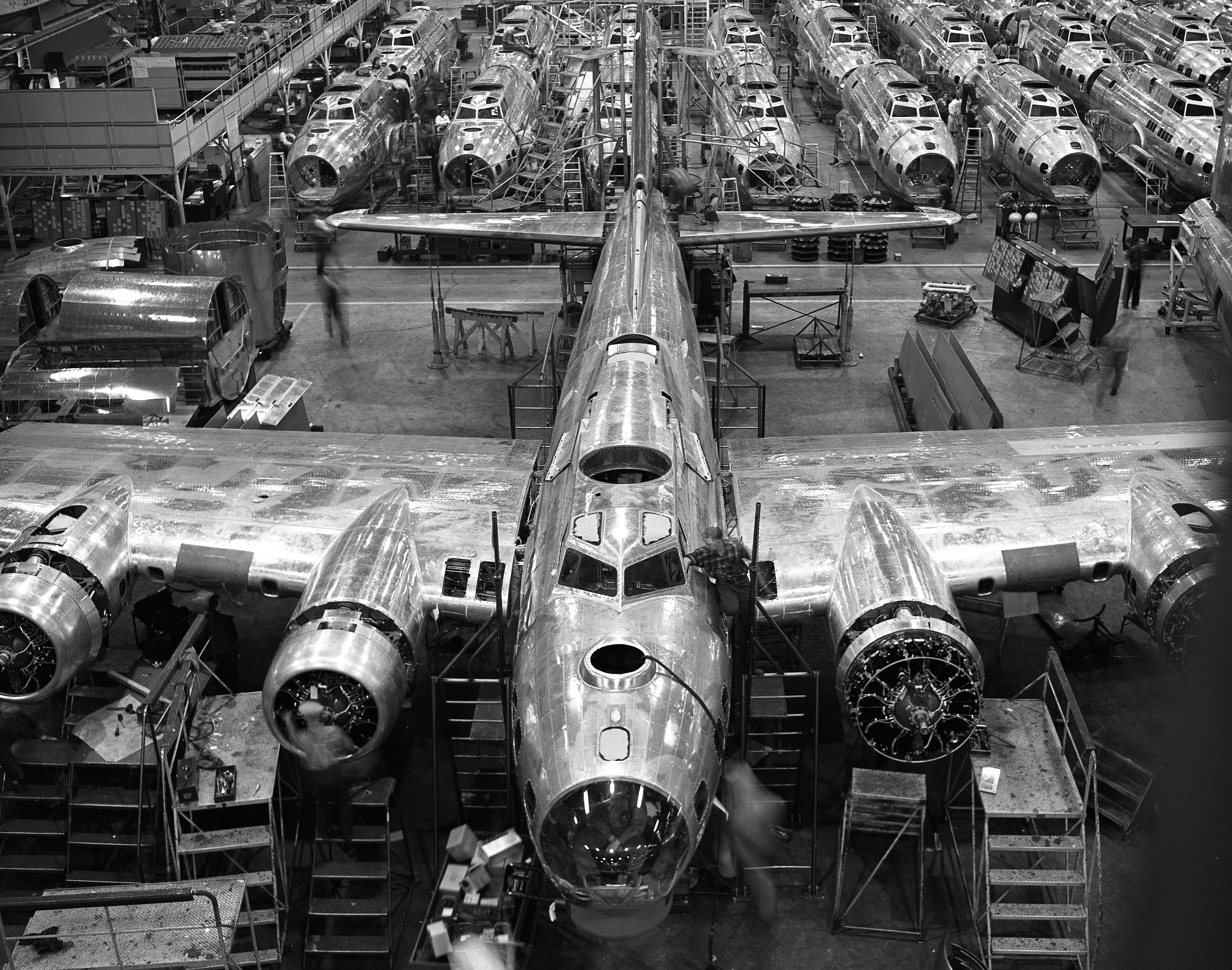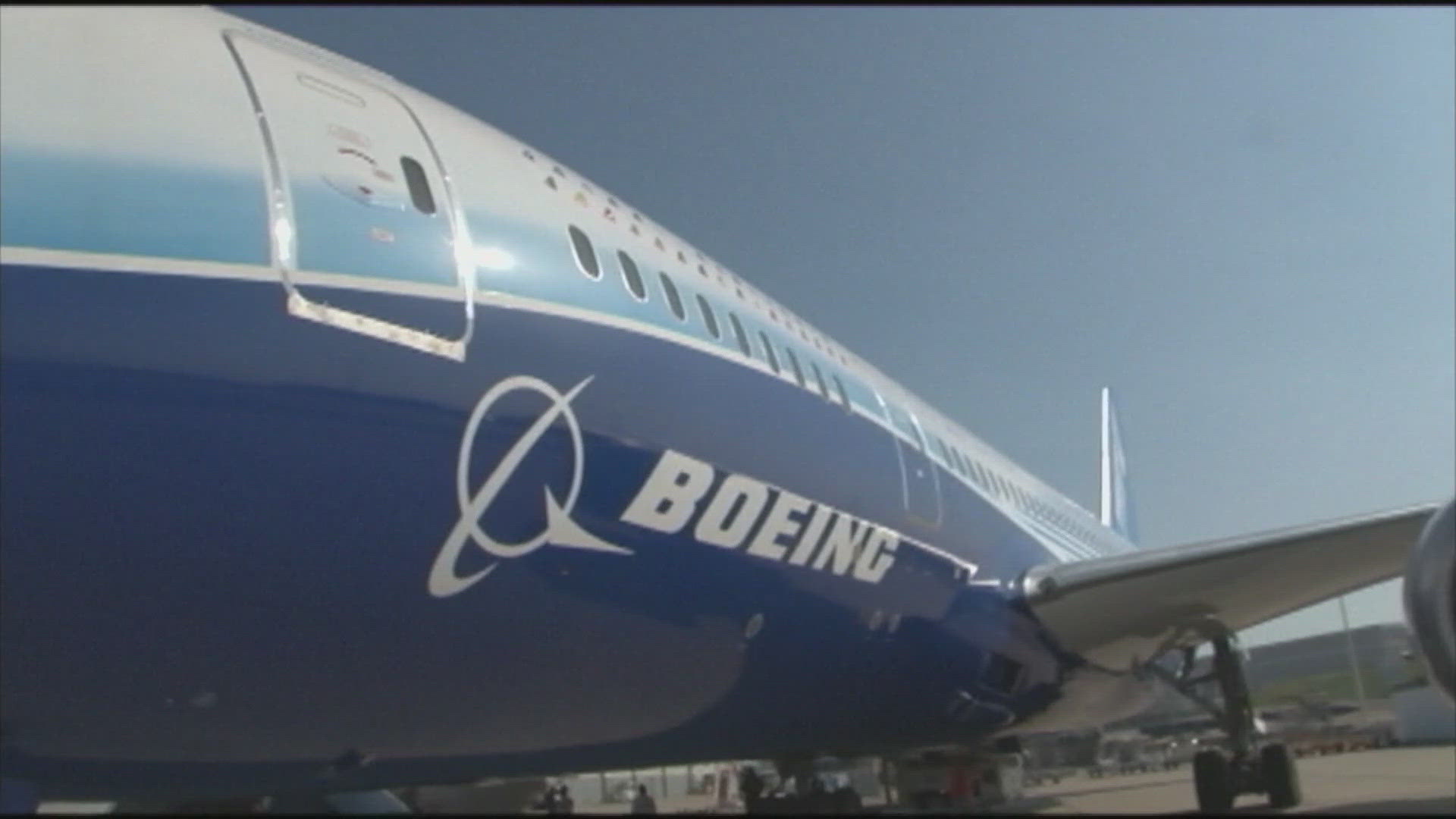SEATTLE - Many people, if not most around the Puget Sound area, know that Seattle built nearly 7,000 B-17 bombers in World War II.
Some know the 737 factory in Renton, which ushered in the jet age, once built five B-29 Super Fortresses each day, planes that were widely deployed in the Pacific theater against Japan and dropped the atomic bombs.
But did you know Boeing had a plant in Chehalis? How about in Aberdeen near the coast? Or in Bellingham or Vancouver, British Columbia, Canada ?
"The biggest challenges that Boeing had during the war was space to build the airplanes, and also finding people," said Boeing corporate historian Mike Lombardi.
Lombardi says Boeing's Plant 2 on the Duwamish River, a factory torn down just a few years ago , employed 30,000 people during WW II on four assembly lines. But finding enough employees within Puget Sound region to provide the parts and sub-assemblies became a bigger challenge once large orders from the government started rolling in. The company had to look to towns outside Seattle.
"A lot of these buildings were former car dealerships, garages, warehouses," said Lombardi.
One of those former car dealerships still exists, but today it's now an office for the Lewis County Public Utility District.
According to the PUD's historian, Stacy Davis, the utility had purchased the 1920s-built car dealership during the Great Depression, before the war, then leased it to Boeing in 1943 to build wing parts, pilot seat supports, and the mount for the lower gun turret for the B-17. It would go on to build parts for the B-29s.
The building's still there, modernized, but if you know what to look for, you can see how the large windows were made smaller . The building sports a brick façade. Outside the main entrance where people come to pay their utility bills, there's a plaque dedicated to the nearly 700 people who worked there. Seventy percent were women.
To keep the building's purpose from being forgotten, that plaque was put up for the 60th anniversary of the end of WW II in 2005. And in 2015, some of those Rosie the Riveters are still alive.


